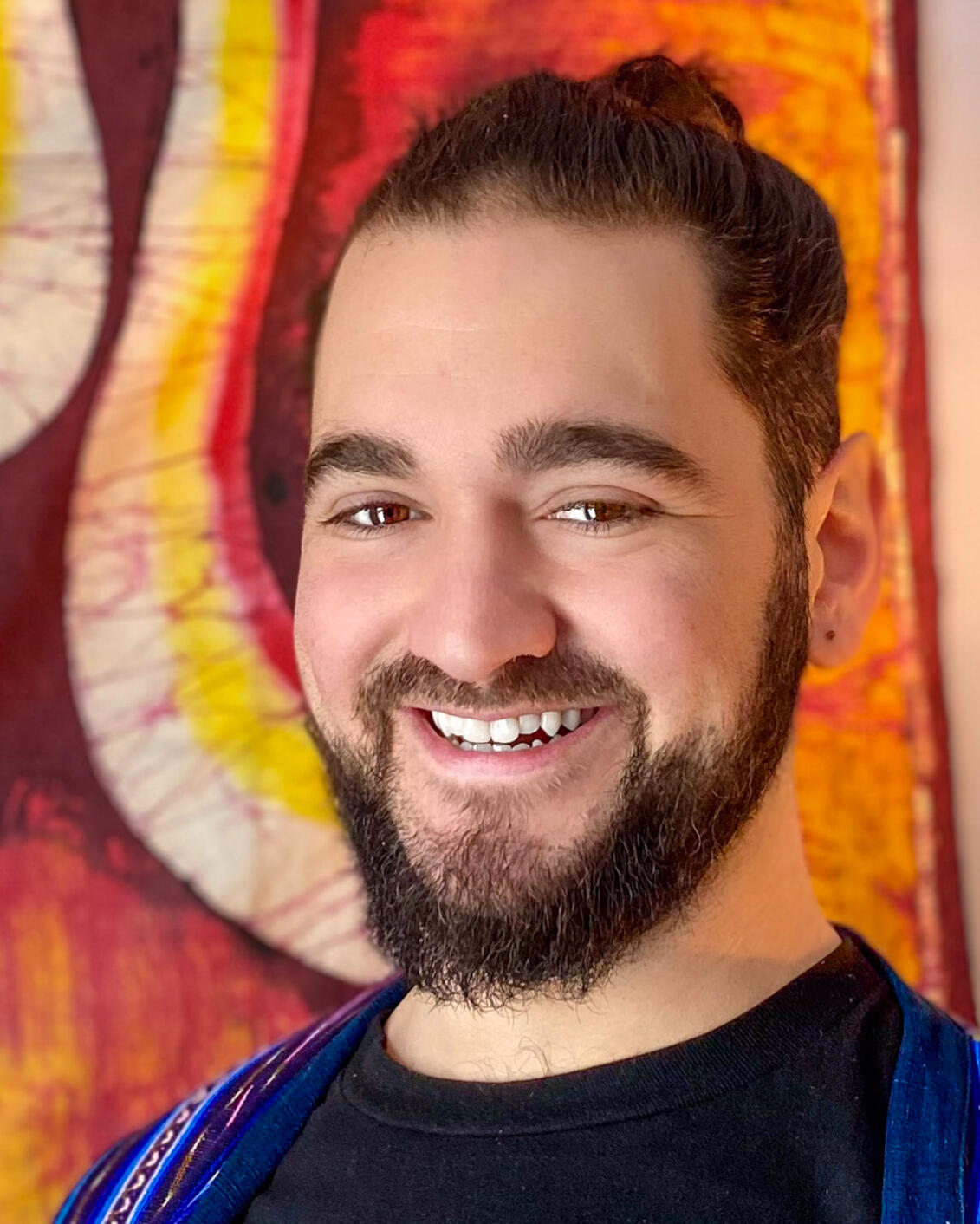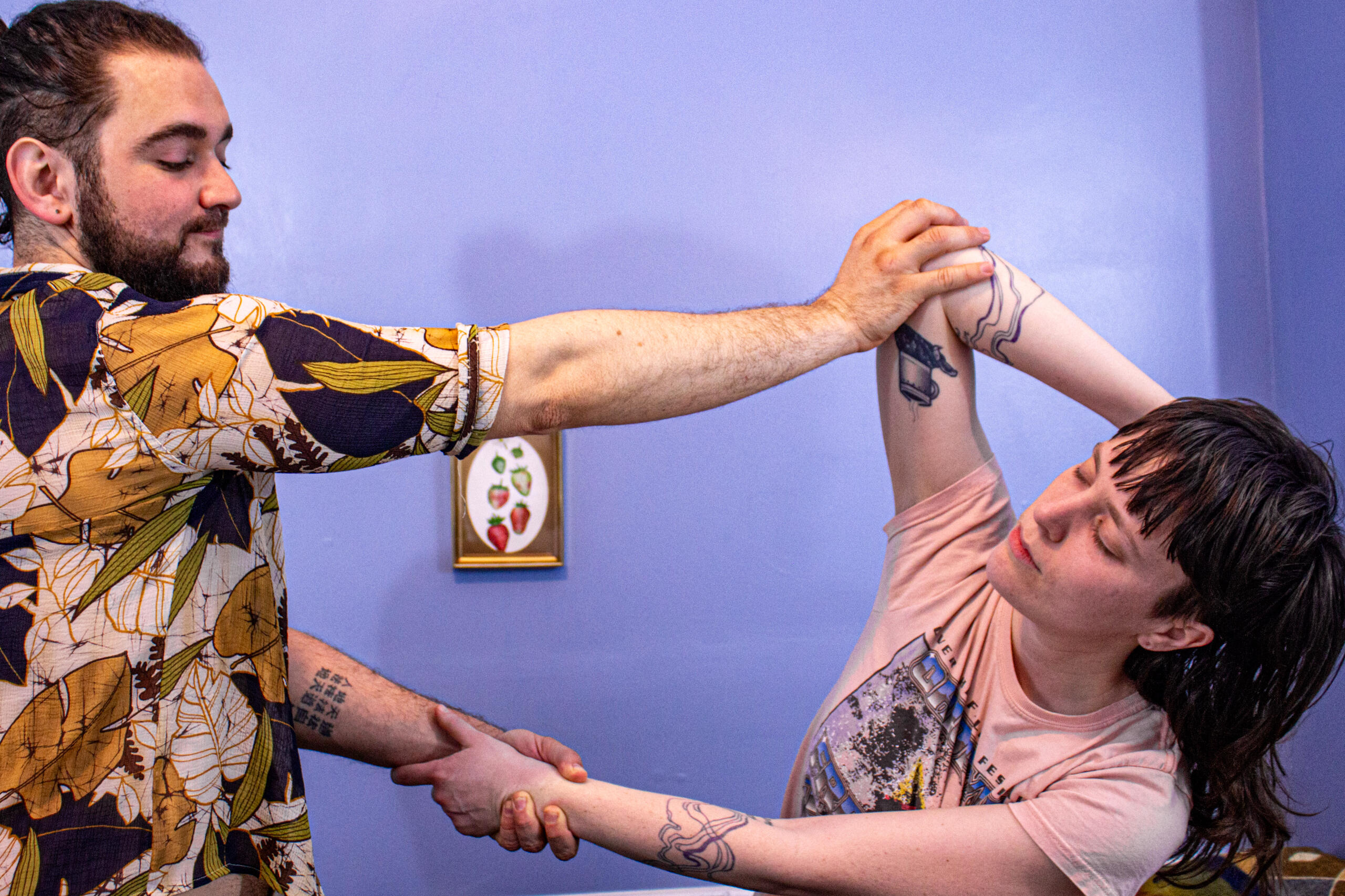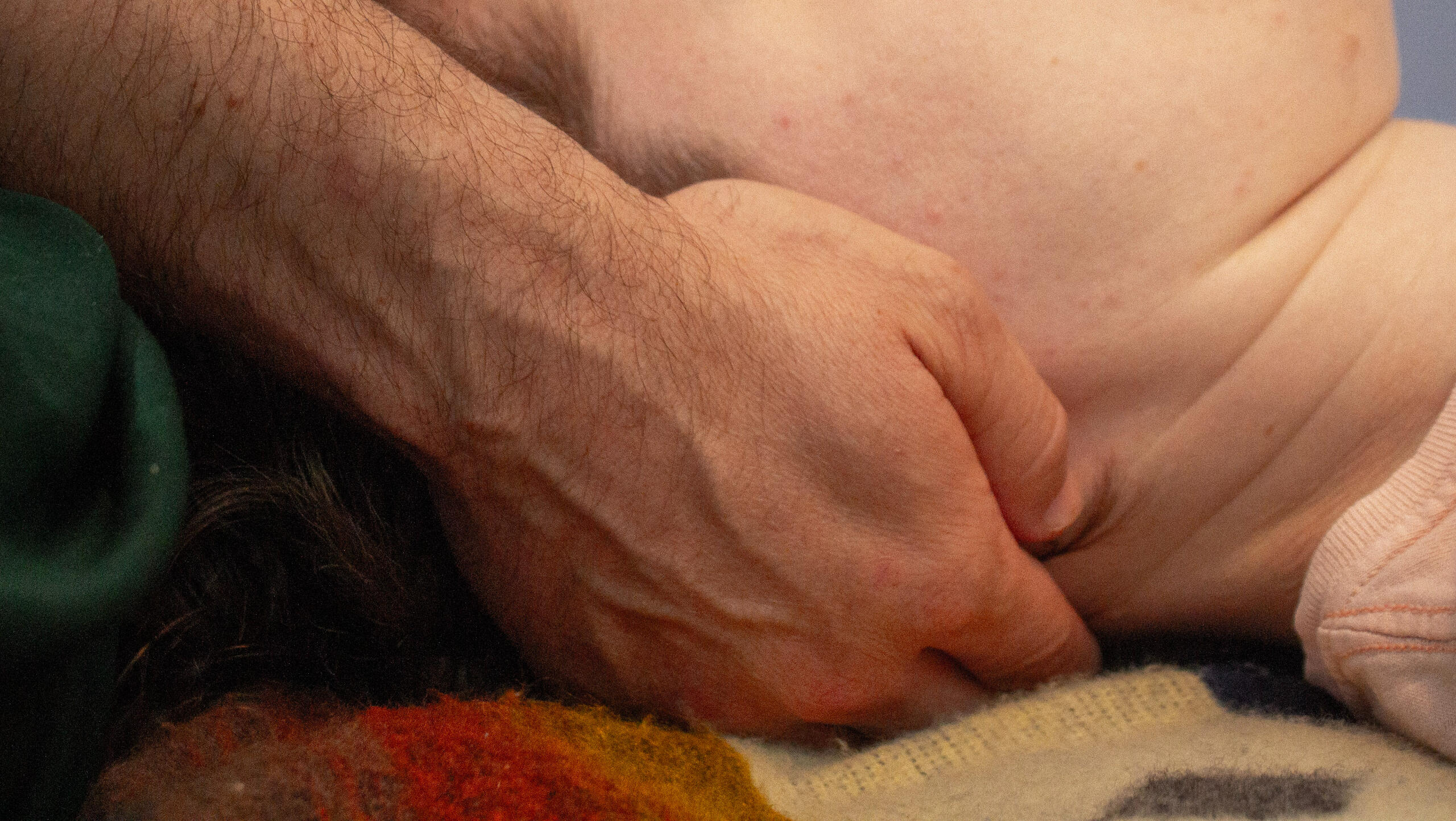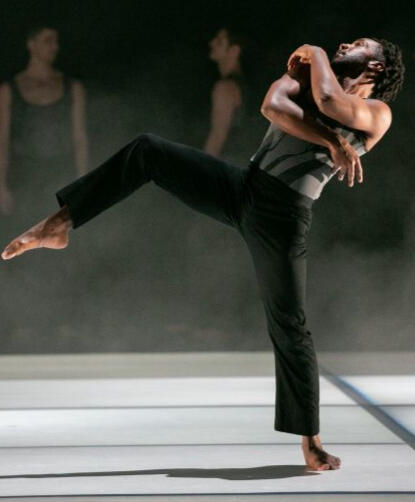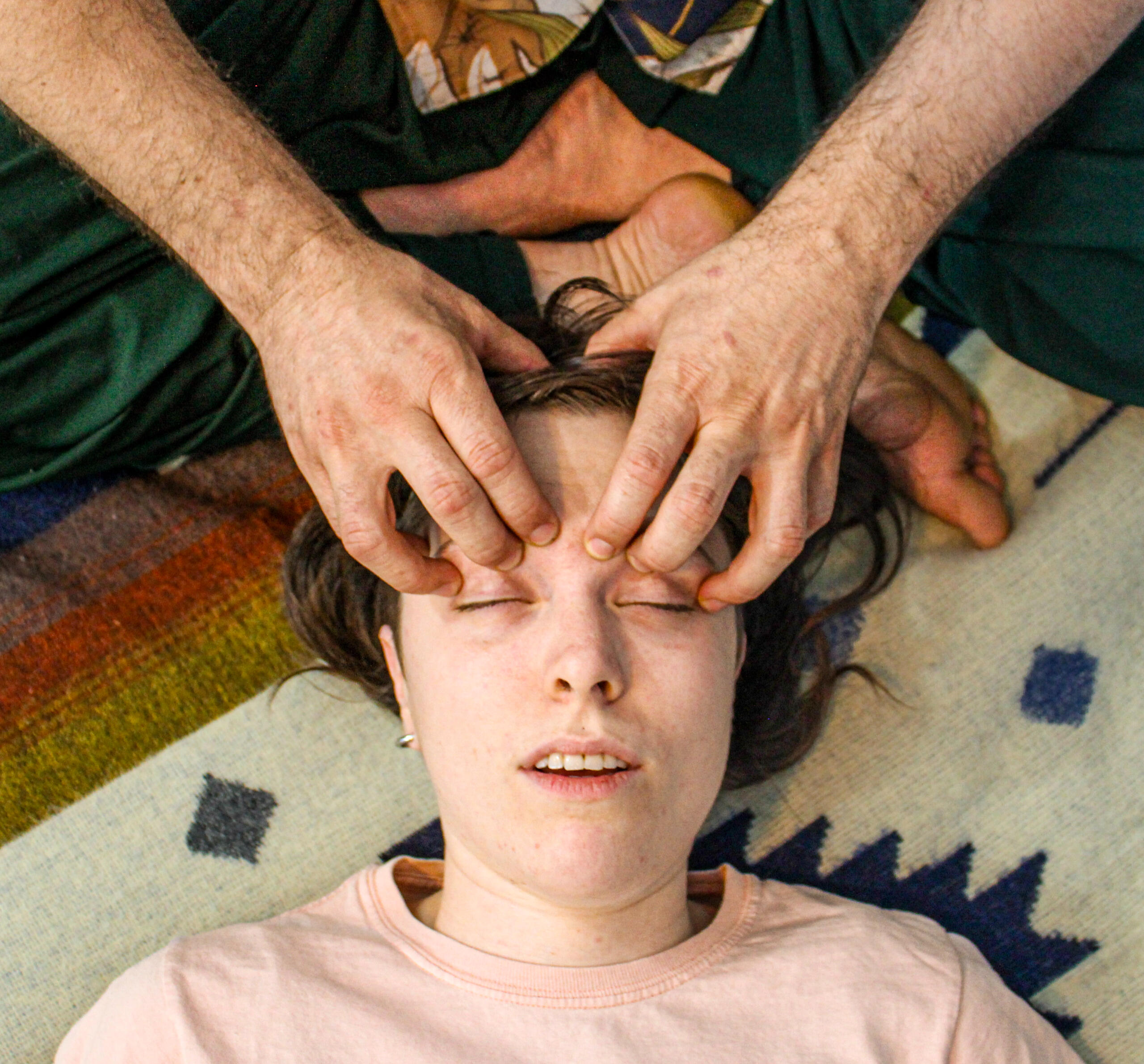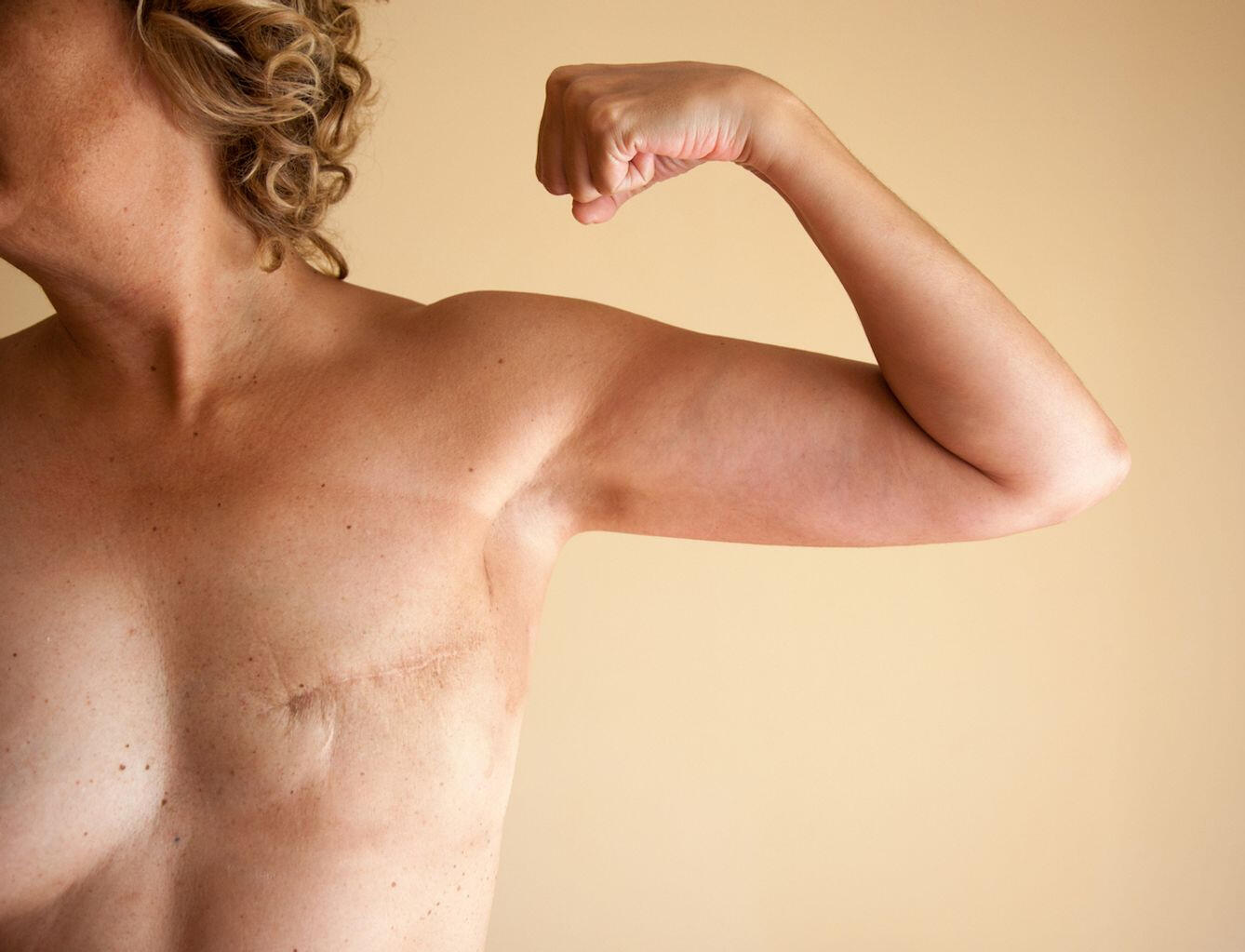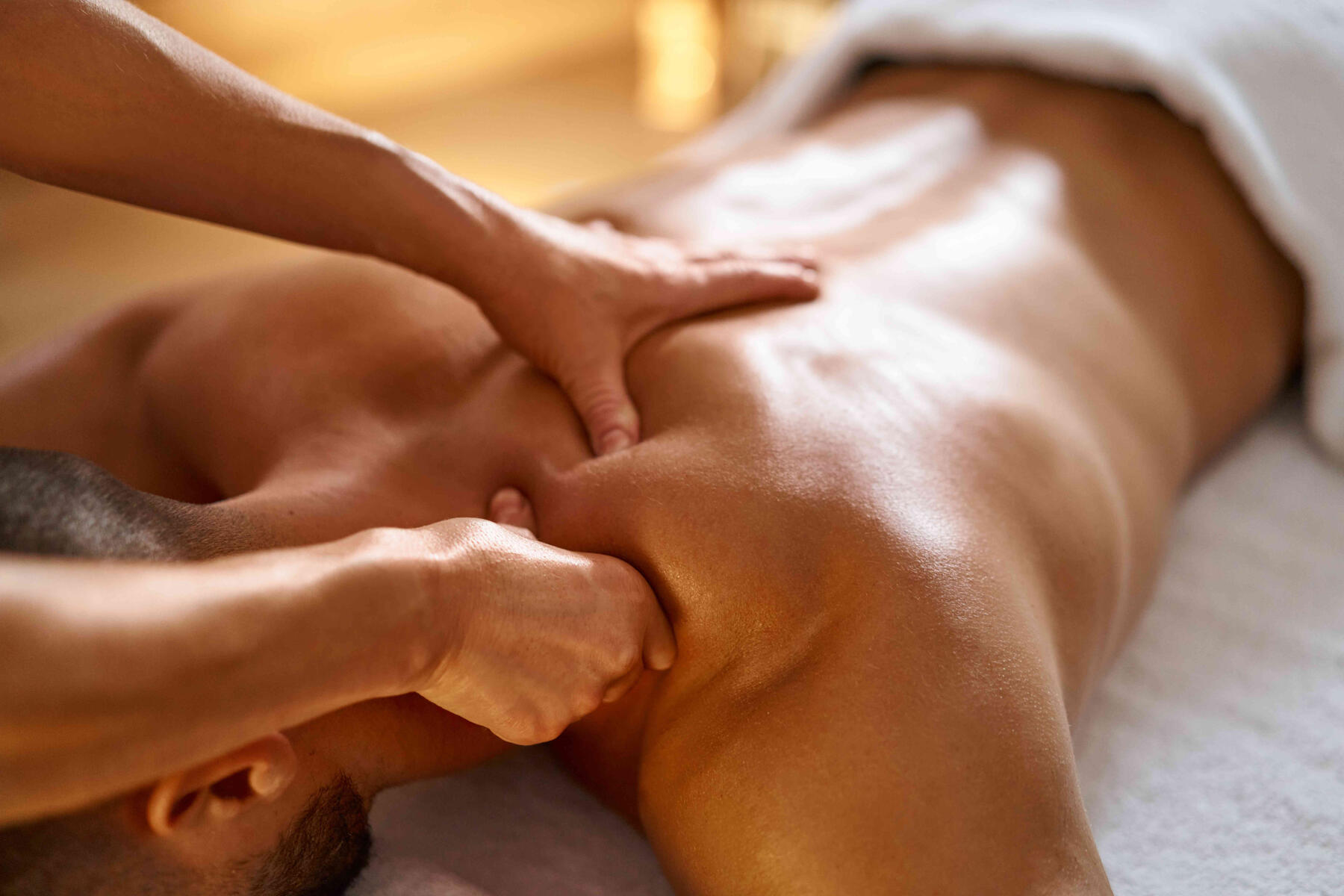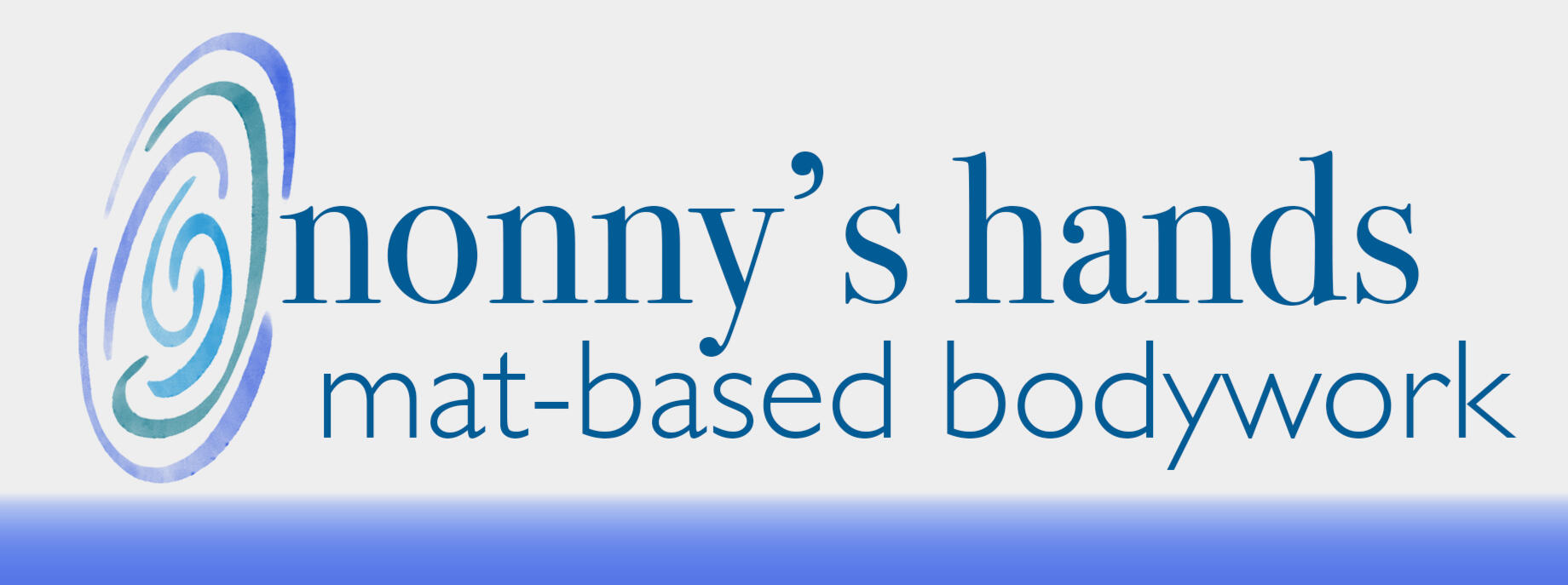
about

I was first introduced to Thai massage back in 2015, thanks to a yoga teacher who noticed something I hadn’t quite seen in myself yet—intuitive hands. She arranged a short session with Nanda Nanthi, who would soon become my first Thai bodywork teacher.Armed with that intro and a well-worn book, I started practicing on friends and family. I loved seeing their faces relax and their shoulders drop as tension melted away. At the time, it felt like a hobby with benefits—I didn’t realize how powerful this practice truly was until I found myself in Nepal.While working with an earthquake response team, one of our members was sidelined with a painful case of “tennis elbow.” He was about to be sent home, unable to continue the work he came to do. I offered to try a few simple Thai massage techniques. The next morning, he was up, moving, and back on the job—pain-free, no complaints.That moment sealed it for me: Thai massage isn’t just relaxing—it’s healing. And I’ve been exploring, learning, and sharing this practice ever since.
That pattern kept repeating—moments that left me stunned by the power of this work. One friend, dealing with intense back pain from a surfing injury, ditched her muscle relaxers after just one two-hour session. Another released years of tension—both physical and emotional—stored deep in her hips. Again and again, I watched these profoundly simple, elegant, and ingenious techniques work. Not just relaxation, but real transformation.
In 2017, I took a deeper dive into the world of healing arts, traveling to Cali, Colombia to study with Syam Vallabhi Devi Dasi at the Yogendra Ashram. There, I completed bilingual certifications in both Thai massage and yoga instruction, expanding not only my skillset but also my appreciation for how movement and stillness work hand in hand.Back in Miami, I reunited with my original teacher, Nanda Nathi, and spent the next 18 months apprenticing under him. During that time, I began blending in new elements—active movement, acroyoga, and even four-handed Thai massage—bringing more dimension (and more fun!) to each session.In 2024, I made things official and earned my Massage Therapy license through the Pittsburgh School of Massage Therapy. That chapter opened the door to a wider range of techniques—neuromuscular therapy, myofascial release, sports massage, table massage, and more—all of which now weave together into my uniquely blended practice.
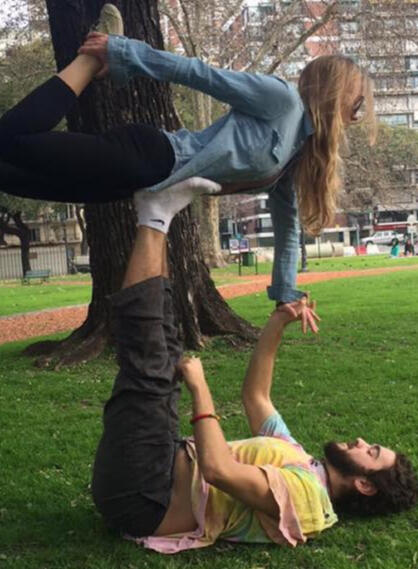
As I continue to work, learn, and grow, I’m especially fascinated by the places where traditional and modern healing methods meet—where they overlap, diverge, and sometimes unexpectedly enhance each other. I thrive on curiosity. Can we understand the energetic swirls of chakras through the lens of polyvagal theory? What’s really going on with craniosacral flow, and how much can we influence it with our hands? Could sound—like a kind of human ultrasound—help untangle those deep physical “knots”? I don’t have all the answers, but I love exploring the questions.In every session, I show up with the mindset that the client and I are two incredibly intelligent systems, coming together with a shared intention: to relieve suffering and move toward a more whole, embodied self. I listen deeply, offer suggestions, draw on both research and intuition, respond to feedback, and do my best to stay fully present with the person on my mat.If this collaborative, curious approach to massage resonates with you, let’s work together. Book a session✨
massage styles and approach
There are so many ways to approach massage therapy—and just as many benefits. Rather than sticking to a single method, I blend a variety of techniques into each session, drawing from a range of modalities to meet your unique needs.You won’t need to book a “type” of massage. Instead, we’ll co-create each session using the tools and styles I’ve trained in, always with your goals, comfort, and body in mind.Here are some of the approaches and outcomes I specialize in:
thai-style massage
Thai massage has evolved over thousands of years, tracing its roots back to ~500 BCE when its founder, Dr. Jīvaka Komārabhacca, brought the practice from the Indian subcontinent to Southeast Asia. Dr. Jīvaka, a physician to the Buddha, grounded the practice in Buddhist principles—compassion, mindfulness, non-attachment—which still shape the spirit of Thai bodywork today.Physically, Thai massage is deeply influenced by Yogic traditions, integrating movement, breath, and intentional stillness. Some people describe it as “assisted yoga,” which isn’t wrong—but also doesn’t capture the full depth of the practice.In Thailand, massage is expansive. A single session might include stretches, herbal compresses, skin scrubs, specialized tools, oil work, acupressure, and even chiropractic-style adjustments. In some lineages, it’s woven together with practices like protective or magical tattooing. It’s a holistic art form as much as a healing technique.Curious to learn more? Head to the FAQ section for a list of recommended resources on the tradition of Thai bodywork.
relaxation
Allow yourself to sink into the mat and leave the rest of the world at the door.Different folx need different paths to calm, but many sessions naturally center around the head, neck, and shoulders—where stress tends to build up and settle. Whether it’s tension from too much screen time, emotional heaviness, or just life being life, we’ll focus where your body asks for relief.
myofascial release
Myofascial lines—or sen, as they’re called in Thai medicine—are the connective channels that hold our bodies together. Along these pathways, our nerves, blood, and energy all flow. For the body to function and feel its best, these channels need to stay balanced and open.That’s why we won’t just focus on the spot that hurts. Instead, we’ll work with the whole system—releasing tension, restoring flow, and bringing your body back into a natural state of alignment and ease.
injury and trauma recovery
Massage therapy can be a powerful ally in recovering from and managing a wide range of health conditions. It’s especially effective when used alongside other forms of care—from your primary physician to your physical therapist to your psychotherapist.I’m always happy to collaborate with your healthcare team. When we work together, we can create a more holistic approach that supports your healing from every angle and helps you feel your best, inside and out.
accupressure
Many people need deep, focused pressure to truly release tight, stubborn areas. My approach to acupressure draws from both Marma Therapy (an Ayurvedic tradition) and Trigger Point Therapy. By working deeply and precisely, we can begin to unravel even the most persistent knots—restoring the body’s natural flow of energy and easing long-held tension.
scar release and reduction
Scars might look like a surface issue, but they often run much deeper—affecting the underlying tissues and creating restrictions, blockages, or chronic pain. Massage therapy can be a powerful tool in softening and reducing scar tissue, helping to restore mobility and ease discomfort. Whether you’re healing from an injury or surgery, targeted bodywork can support your body’s ability to recover, release, and renew.
tablework
While mat-based bodywork is my specialty, I know that it’s not the best fit for everyone. If getting on and off the floor is a challenge, no problem—we can shift to a massage table setup that’s just as effective and tailored to your needs. Your comfort always comes first, and we’ll work in the way that feels best for you.
Corporate events and private parties
Interested in bringing massage to your workplace, event, or party? Let’s make it happen!Nonny’s Hands offers on-site massage tailored for public settings—think seated sessions (similar to chair massage) that target the neck, shoulders, and upper back, where so many of us hold tension from office life or everyday stress. It’s a great way to bring a little calm to your next gathering.Reach out to start planning your wellness break, office treat, or feel-good party perk!
pricing and booking

When booking online, you’ll notice that session prices are listed at the higher end of my sliding scale. This is simply due to limitations with my billing platform—Noterro doesn’t currently support sliding scale pricing directly.Once we’ve agreed on a fair rate using the Green Bottle model (outlined below), a discount will be applied to reflect your selected tier. I believe in making healing accessible, and I’m happy to work with you to find a price that aligns with your resources.Have questions or want to chat about pricing before your session? Feel free to reach out by email—I’m always open to a conversation.
All services are billed at the same rate regardless of technique or style.
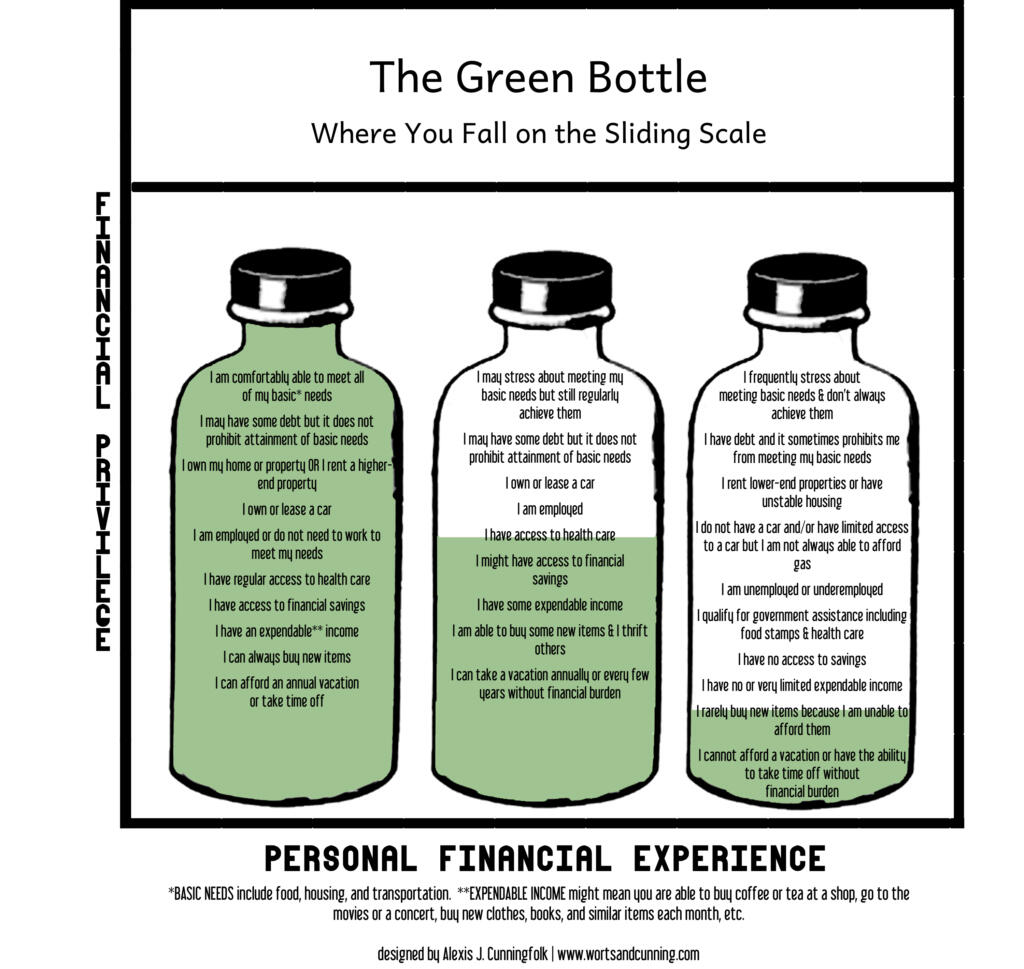
Massage Packs & On-Call Services
If you’re ready to commit to feeling better in a consistent, sustainable way, I highly recommend purchasing a massage pack. I offer both 5-packs and 12-packs, available for a range of session lengths.Here’s why massage packs might be right for you:
• Discounted pricing - Get 10% off with a 5-pack, and 20% off with a 12-pack.
• Better results - While a one-off massage can feel amazing, consistent sessions allow us to work toward your long-term health goals more effectively. Progress builds over time—and you’ll feel the difference.
• Flexible payment options - Packs can be paid in full, or split into half or quarter payments to better fit your budget.
On-Call & On-Location Services
I also offer mobile massage services—on-call or at your location—for your convenience. These services include a surcharge to account for travel and setup time, based on your distance from my home office.That said, accessibility matters. If your mobility needs make traveling to my space (which requires climbing stairs) a challenge, this surcharge can be adjusted or waived. Just reach out—we’ll find a solution that works for both of us.
FAQs
My grandma—whose loving hands I hope to channel in this work—along with my teachers, their teachers, Dr. Jīvaka, and all the ancestors who placed hands on others not to harm, but to heal.
- Thai massage is an ancient healing practice rooted in Ayurveda and Chinese medicine, with influences from Buddhism and Yogic tradition. It focuses on energy lines (sen), assisted movement, compression, and breath.
- Resources to explore:
- "Seven Peppercorns" and the Naga Center
- Encyclopedia of Thai Massage by C. Pierce Salguero
- Sen theory overview by Sally Underwood
- Thailand Foundation’s info portal on Thai healing arts
- I describe my work as "matwork"—not strictly traditional Thai massage, but a synthesis informed by this rich lineage, modern massage modalities, and my own study of movement and the human body.
I love working on a mat. The grounded positioning supports deeper relaxation and better leverage for both me and my clients. My mat is a cozy, queen-sized futon with bolsters and props to keep everyone comfortable. It also allows me to use my whole body in the work—including feet, knees, and full body weight—without climbing on a table (though I’ve been known to do that too!).
- We'll begin with a ~15-minute intake to understand your goals and needs.
- We’ll follow the rhythm of your breath to guide and sync techniques.
- Expect a combination of compression, rocking, stretching, tapping, acupressure, oils, scrubs, and movement-based work depending on your goals.
- Mostly, yes. I may suggest removing or adjusting clothing for specific treatments (like oils or compresses), but in general, sessions are fully clothed. Loose, flexible clothing works best.
- If that’s what your body asks for and you’re into it. I might use feet, elbows, knees, or knuckles, but only with your consent and comfort in mind.
- It might—but in that "hurts so good" way. We’ll work together to find the pressure that feels therapeutic, not overwhelming. The goal is always to leave you feeling lighter, not bruised.
- It depends on your goals. For acute or focused issues, weekly or biweekly sessions work best. For ongoing maintenance or stress relief, monthly or seasonal sessions can be a great rhythm.
- Yes. Full stop. Whoever you are, however you move through this world—you deserve healing touch. I work with folx of all ages, sizes, backgrounds, genders, and nervous systems. Matwork is accessible, clothed, and adaptable. You're welcome here.
- Yes—but it may look different than what you’re used to. My approach to deep work relies on pressure, stretching, and time—not brute force. It’s intentional and effective without being punishing.
- Yes! If a mat setup isn’t ideal for your mobility or comfort, I offer table-based sessions as well. The work adapts to your needs.
- Tips are appreciated but never expected. See my pricing section for details on my sliding scale and payment philosophy.
- Yes. And also deeply serious about your well-being. I hold space for laughter, tears, and everything in between. Come as you are—I will too.
contact
Please reach out with any questions, comments or concerns by email at:
[email protected](412) 525-7634
